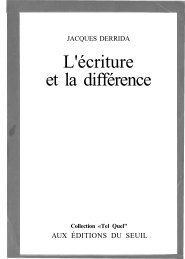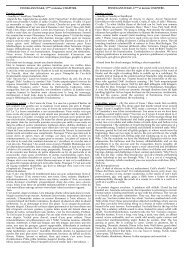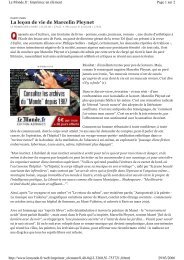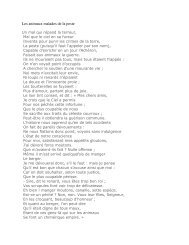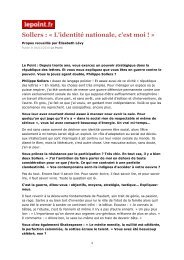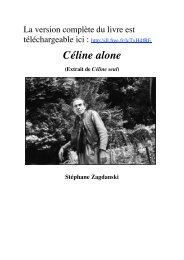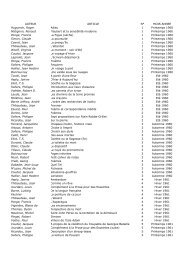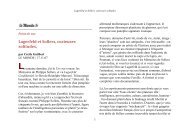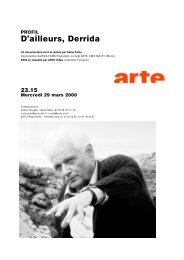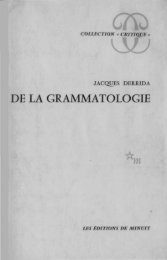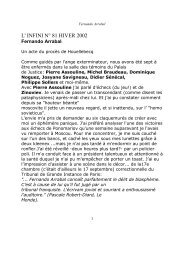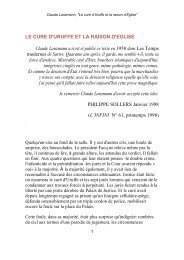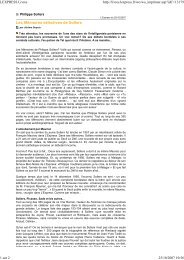The Chinese Written Character as a Medium for Poetry
The Chinese Written Character as a Medium for Poetry
The Chinese Written Character as a Medium for Poetry
Create successful ePaper yourself
Turn your PDF publications into a flip-book with our unique Google optimized e-Paper software.
through some accident or weakness of our subjective operations but becausethe operations of nature are successive. <strong>The</strong> transferences of <strong>for</strong>ce from agentto object which constitute natural phenomena, occupy time. <strong>The</strong>re<strong>for</strong>e, areproduction of them in imagination requires the same temporal order. 2Suppose that we look out of a window and watch a man. Suddenly he turns hishead and actively fixes his attention upon something. We look ourselves and seethat his vision h<strong>as</strong> been focussed upon a horse. We saw, first, the man be<strong>for</strong>e heacted; second, while he acted; third, the object toward which his action w<strong>as</strong>directed. In speech we split up the rapid continuity of this action and of its pictureinto its three essential parts or joints in the right order, and sayMan sees horse.It is clear that these three joints, or words, are only three phonetic symbols,which stand <strong>for</strong> the three terms of a natural process. But we could quite <strong>as</strong> e<strong>as</strong>ilydenote these three stages of our thought by symbols equally arbitrary, whichhad no b<strong>as</strong>is in sound; <strong>for</strong> example, by three <strong>Chinese</strong> characters:? ? ?Man Sees HorseIf we all knew what division of this mental horse-picture each of these signsstood <strong>for</strong>, we could communicate continuous thought to one another <strong>as</strong> e<strong>as</strong>ily bydrawing them <strong>as</strong> by speaking words. We habitually employ the visible languageof gesture in much this same manner.But <strong>Chinese</strong> notation is something much more than arbitrary symbols. It is b<strong>as</strong>edupon a vivid shorthand picture of the operations of nature. In the algebraic figureand in the spoken word there is no natural connection between thing and sign:all depends upon sheer convention. But the <strong>Chinese</strong> method follows naturalsuggestion. First stands the man on his two legs. Second, his eye movesthrough space: a bold figure represented by running legs under an eye, amodified picture of an eye, a modified picture of running legs but un<strong>for</strong>gettableonce you have seen it. Third stands the horse on his four legs.<strong>The</strong> thought picture is not only called up by these signs <strong>as</strong> well <strong>as</strong> by words butfar more vividly and concretely. Legs belong to all three characters: they arealive. <strong>The</strong> group holds something of the quality of a continuous moving picture.<strong>The</strong> untruth of a painting or a photograph is that, in spite of its concreteness, itdrops the element of natural succession.Contr<strong>as</strong>t the Laocoon statue with Browning’s lines:"I sprang to the saddle, and Jorris,and he. . . . . . .



